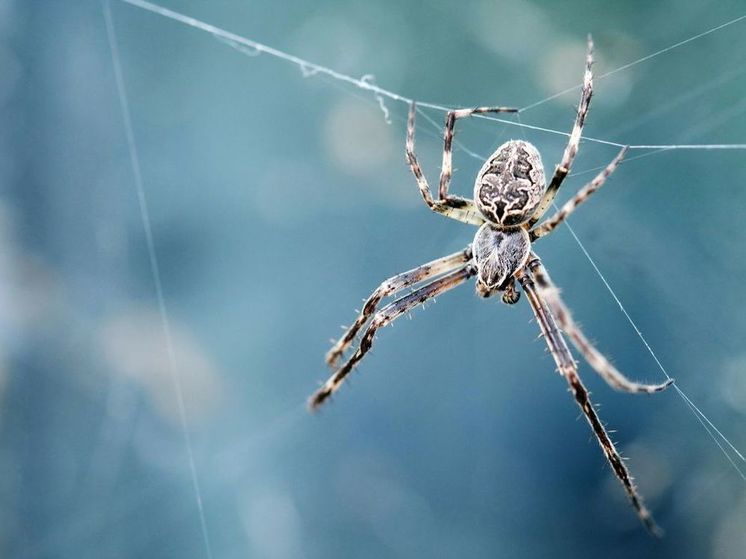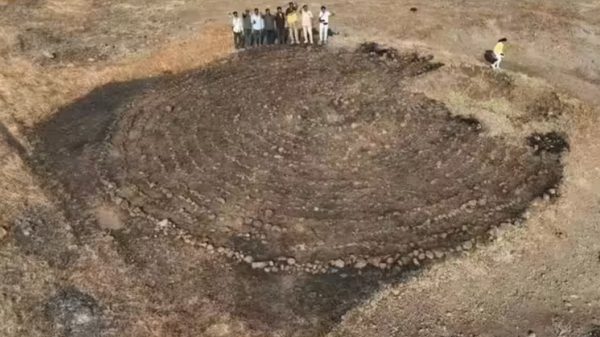Spring has arrived on the Red Planet
A new image of Martian «spiders» taken by the European Space Agency (ESA) actually shows seasonal carbon dioxide emissions on the Red Planet.

Dark spindle-shaped opacities have been spotted in a formation known as Inca City, in the south polar region of Mars. Images taken by ESA's Mars Express and ExoMars Trace Gas Orbiter show dark clusters of dots that appear to have tiny legs, like little spiders huddled together.
These formations are actually In fact, they are gas channels with a diameter of 45 meters to 1 kilometer. They form when warming occurs in the southern hemisphere during the Martian spring, causing layers of carbon dioxide ice to melt. The heat causes the lower layers of ice to turn to gas or sublimate.
As the gas expands and rises, it escapes from the overlying layers of ice, carrying with it dark dust from the solid surface. This dust erupts in geysers from the ice before settling on the top layer, creating the cracked web-like pattern that is visible from Earth. According to ESA, in some places the geysers burst through ice up to 1 meter thick.
Black spiders were first spotted in 2020 by ESA's ExoMars Trace Gas Orbiter.
The Inca City is also famous like Angustus Labyrinthus. It got its name from its linear, ruin-like ridges, which were once thought to be fossilized sand dunes or the remains of ancient Martian glaciers that could have left behind tall walls of sediment.
However, in 2002, the spacecraft Mars Orbiter revealed that the Inca City is part of a circular structure about 86 kilometers wide. This feature may be an old crater that has filled with sediment and partially exposed igneous formations resembling ancient ruins.
























































Свежие комментарии